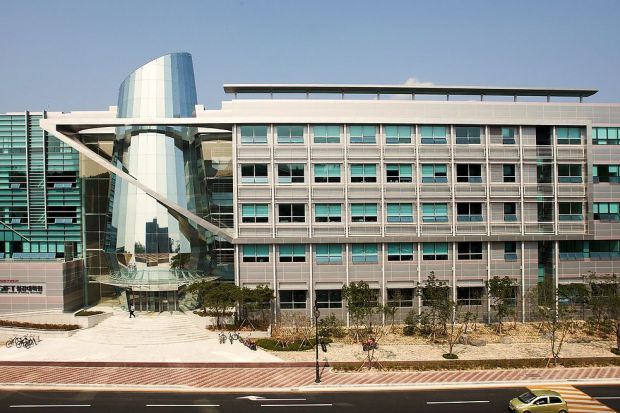POSTECH: Developing Clinically Relevant Human-scale Living Organs
Bioinks have been utilized for engineering tissues or organs through 3D or 4D printing. Creating an environment conducive to protecting cells and maintaining cell survival after printing is at the heart of bioprinting. Recently, a research team has proposed a method for fabricating human-scale organs by developing a bioink with reduced toxicity and improved cytocompatibility.
A POSTECH research team led by Professor Jinah Jang of the Department of Convergence IT Engineering and Department of Mechanical Engineering, Dr. Hyeonji Kim of Department of Mechanical Engineering, and Byeongmin Kang of the Department of Convergence IT Engineering in collaboration with the team led by Professor Khoon S. Lim and Dr. Steven Cui of University of Otago (New Zealand) have succeeded in producing decellularized extracellular matrix*1 bioinks that can be applied to clinical trials. The findings from this study were recently published in Advanced Functional Materials as the front cover paper.
Bioinks studied so far only have some specific components of the extracellular matrix environment and have limitations recreating in vivo biochemical microenvironment. In addition, in order to increase the printability of the bioinks, UV light activator had to be used or mixed with other materials. However, UV photoinitiators are not only toxic but also are harmful to cells by creating free radicals in the body via radical chemical reactions. When mixed with other materials, the ratio of cytocompatible bioink is reduced, thus efficacy related to cytocompatibility is also reduced. Furthermore, such methods limit in that such chemical modification inevitably diminishes the native bioactivity of pristine dECM.
The research team developed a light-activated extracellular matrix bioink (dERS) and succeeded in fabricating foldable and twistable flexible volumetric constructs by inducing additional internal binding of an amino acid called tyrosine in the extracellular matrix. Unlike conventional materials, this bioink has the property to reduce cytotoxicity and retain the efficacy of the extracellular matrix even though it is capable of producing an alternative structure. When the cornea and heart were printed with this bioink, it was verified that living tissue constructs can be safely fabricated with excellent tissue regenerative capacity.
“dERS can serve as a platform to build tissue-specific performance for encapsulated cells and fabricate centimeter-scale living volumetric constructs,” explained Professor Jang. “This technology opens new avenues for applications in regenerative medicine.”
This research was conducted with the support from the Mid-Career Researcher Program, the Nano-New Materials Core Technology Development Program, Creative Research Program of the National Research Foundation of Korea, and from the Alchemist Project of the Ministry of Trade, Industry and Energy of Korea.

